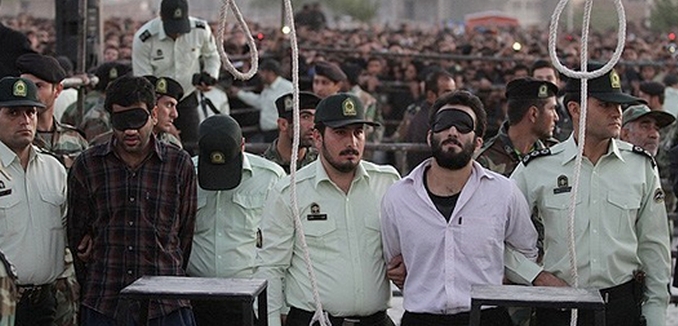Iran has executed at least 20 people since the re-election of President Hassan Rouhani on May 19, the Foundation for Defense of Democracies reported Wednesday.
This grim statistic mirrors the record of Rouhani’s first term in office, when the regime carried out some 3,000 executions. In fact, Rouhani’s four-year record compares unfavorably to that of his firebrand predecessor President Mahmoud Ahmadinejad. During the latter’s first term in office, at least 1,095 executions occurred, while at least 2,322 transpired during his second. During Rouhani’s first term, Iran carried out more executions than any country other than China.
Every year, Iran executes hundreds of people many for moharebeh—a loosely-defined crime that can mean anything from “enmity against God” to trying to overthrow the regime. According to an investigation by the UN’s Special Rapporteur for Human Rights in Iran, at least 966 people were put to death in the country in 2015—the highest number since 1989, twice as many as in 2010, and 10 times as many as in 2005.
Tehran’s continued use of the death penalty is at odds with Rouhani’s election promise to improve human rights in the country and his image as a moderate and reformer. Similarly, Rouhani has failed to address the lack of due process and the violations of rights of prisoners. Iran is known for its harsh prison conditions, arbitrary arrests and detention, elicit confessions, and torture.
“In reality, Rouhani’s tenure suggests that he remains a loyal foot soldier of Supreme Leader Ayatollah Ali Khamenei, Tehran’s ultimate powerbroker. In this sense, Iran’s executions reflect its core revolutionary ideology, which seeks to enforce radical Islamic norms as a counter to the perceived secularism and rapaciousness of the West,” concluded Tzvi Kahn, a senior Iran analyst at the Foundation for Defense of Democracies.
[Photo: WikiCommons ]




